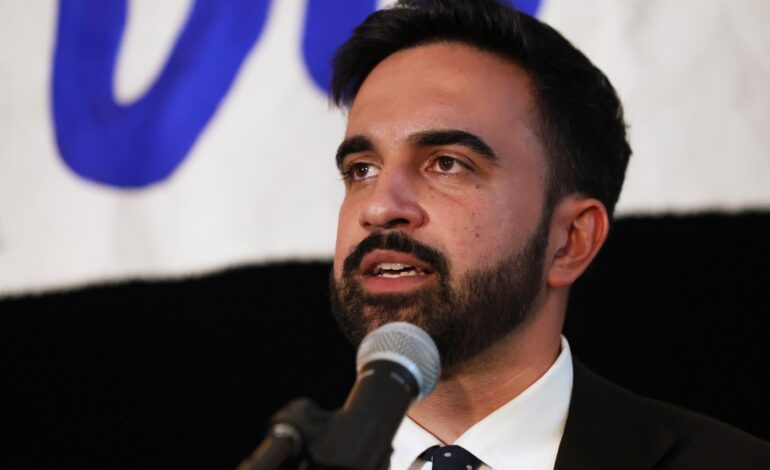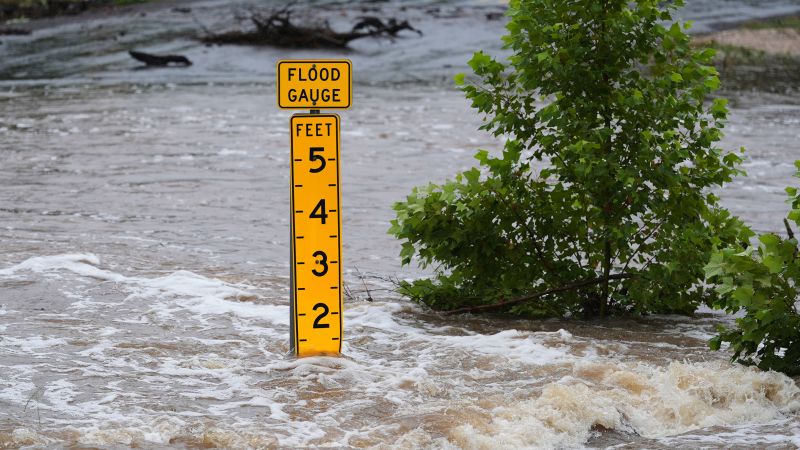Zohran Mamdani Faces Rejection from NYCHA Residents in Mayoral Primary

Zohran Mamdani, a candidate advocating for affordable housing, faced significant rejection from his constituents in the recent mayoral primary. Despite achieving an overwhelming victory against Andrew Cuomo across the western Queens district, Mamdani’s support faltered in the Queensbridge Houses, the largest public housing development in the United States. The results, certified by the Board of Elections on March 5, 2024, reveal a stark contrast between his performance in the broader community and within the public housing complex.
With a total of 7,242 residents living in 3,147 apartments within 96 buildings, the Queensbridge Houses are located in Mamdani’s Assembly district. While he garnered an impressive 81% of the vote against Cuomo in the wider area, he only secured 33% of the vote in Queensbridge after ranked-choice voting was applied. In the initial round, he received just 29% compared to Cuomo’s 59%, and subsequent rounds saw the remaining votes tilt even further in Cuomo’s favor.
The results in Queensbridge reflect a broader trend in two additional NYCHA complexes, Ravenswood Houses and Astoria Houses, where Cuomo also triumphed decisively despite Mamdani’s strong support among non-NYCHA voters, achieving over 80% in those areas. This dichotomy raises questions about why residents in public housing turned away from a candidate who champions affordability.
The demographics of Queensbridge provide context for this electoral outcome. According to the U.S. Census Bureau, the area is comprised of 43% Black and 41% Hispanic residents, with 25% living below the poverty line. Many of these residents feel disillusioned by political promises that have often gone unfulfilled. Mamdani’s proposals, including freezing rent for stabilized apartments, did not resonate with tenants who do not benefit from such measures and who fear that these policies might undermine the necessary funding for public housing maintenance.
Mamdani’s campaign also included initiatives like free fares on MTA buses and city-funded childcare, but these efforts failed to sway the residents of Queensbridge, Ravenswood, and Astoria. These communities are part of the broader New York City Housing Authority (NYCHA), which serves a total of 312,422 residents across 156,865 apartments. Many residents have grown weary of political rhetoric and are skeptical of promises made by candidates who may not fully understand their plight.
In a city where the mayor acts as a landlord for NYCHA, the preference expressed by Queensbridge residents for Cuomo—a former governor and federal housing secretary—over Mamdani, who identifies as a democratic socialist, underscores a significant disconnect. Voter turnout in Queensbridge was approximately half of the citywide average of 35% for enrolled Democrats, reflecting a lack of engagement and trust in the political process.
Mamdani’s campaign website features minimal content regarding public housing, with only four sentences addressing the issue. He claims that “federal, state, and city disinvestment have left NYCHA tenants with crumbling buildings and uncertain futures.” His proposed solutions include doubling the city’s capital investment in renovations, activating underutilized areas for affordable housing, and pushing for state support for NYCHA’s capital needs. However, many residents view these commitments as insufficient given their past experiences.
As Mamdani aims to position himself as a mayor for all New Yorkers, including those living in public housing, the results from Queensbridge highlight the challenges he faces in gaining the trust of constituents who feel overlooked. The disapproval from his own community suggests that he must reassess his approach to connect meaningfully with the needs and expectations of NYCHA residents moving forward.






